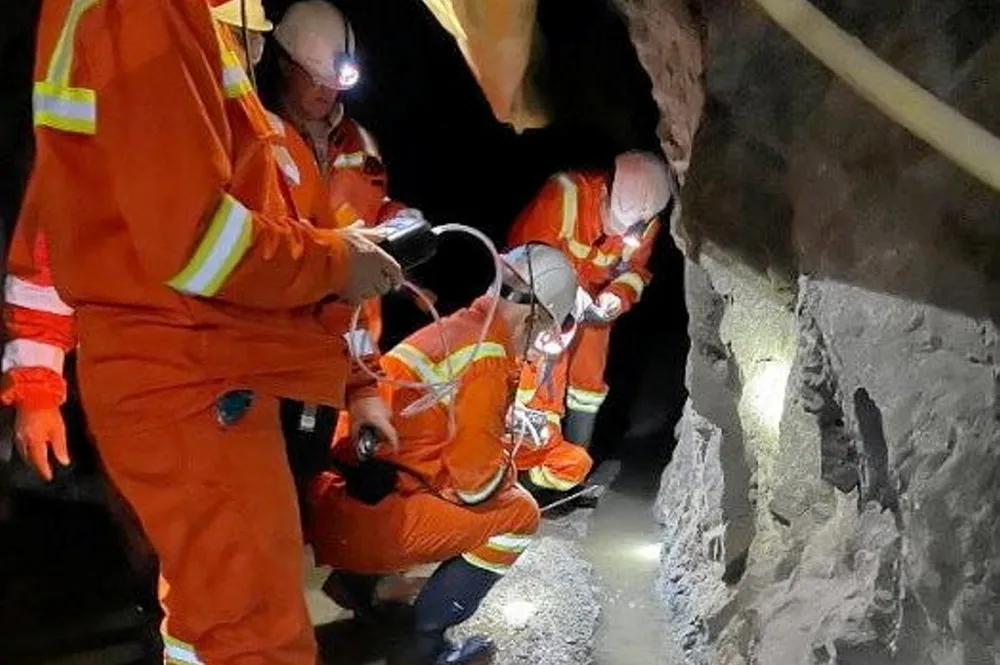'Massive spring' of almost-pure natural hydrogen found in Albanian mine, emitting at least 200 tonnes of H2 a year
It is said to have the highest flow of any natural hydrogen source measured in the world to date

It is said to have the highest flow of any natural hydrogen source measured in the world to date
